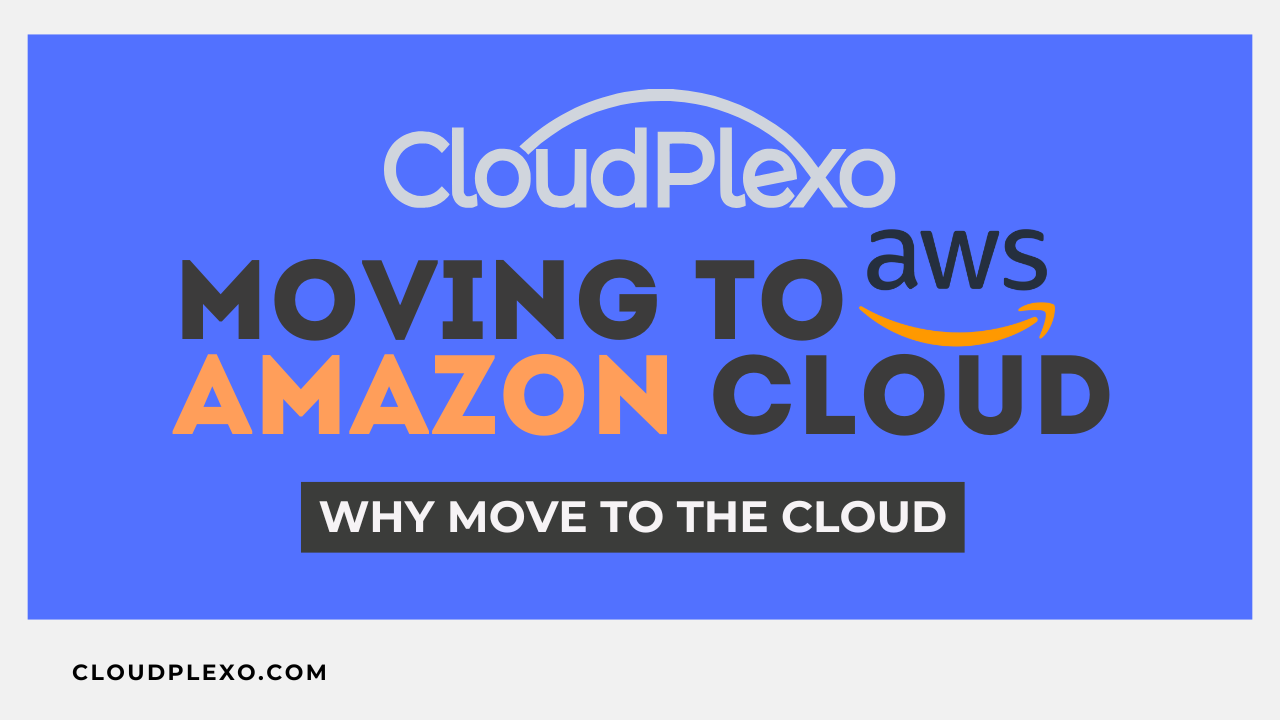Moving successfully to the Amazon Cloud
By abdulmumin yaqeen
on July 17, 2024

Moving successfully to the Amazon Cloud
Moving to the Amazon cloud can have a number of advantages for a business, the ones most often talked about are cost saving and scalability However, deploying on AWS isn't a simple matter of transferring your existing infrastructure. It's a complex journey that demands meticulous planning, precise execution, and continuous optimization.
Why move to cloud
The first step in this journey is establishing your cloud vision. Before jumping into technical intricacies, it's crucial to define your organization's cloud strategy. Consider what you aim to achieve: Are you looking to cut costs, enhance scalability, or perhaps bolster your disaster recovery capabilities? This vision will serve as the north star for all your subsequent decisions.
Once your vision is clear, conduct a comprehensive inventory of your current applications, data, and infrastructure. This inventory forms the bedrock of your migration plan. Categorize each element based on its complexity, criticality, and interdependencies. This thorough understanding of your current state is invaluable in planning your future AWS architecture.
With your inventory complete, you can begin designing your AWS architecture. This stage involves careful consideration of various AWS services. You'll need to weigh compute options like EC2, Lambda, or ECS; storage solutions such as S3, EBS, or EFS; database services including RDS or DynamoDB; networking through VPC or Direct Connect; and security measures via IAM, WAF, or Shield. Remember, AWS offers a vast array of services, but not all will be relevant to your needs. Focus on those that align with your cloud vision and specific requirements.
Choose a migration strategy.
Developing a migration strategy is the next crucial step. There's no universal approach to AWS migration; different workloads may require different strategies. You might opt for rehosting (a simple lift and shift), replatforming (lifting and making cloud optimizations), refactoring (re-architecting for cloud-native features), or even repurchasing (moving to a different product entirely). The key is to choose the strategy that best fits each application or workload.
Check out the 7 R’s of AWS Migration
Before fully committing to your chosen architecture and migration strategy, it's wise to build a small-scale proof of concept. This allows you to test your design, identify potential issues, and gain hands-on experience with AWS services. It's an invaluable step that can save significant time and resources down the line.
Build a well grounded pipepline
As you move forward with your deployment, implementing strong DevOps practices becomes crucial. Successful AWS deployment often goes hand-in-hand with DevOps methodologies. Consider implementing Infrastructure as Code using tools like AWS CloudFormation or Terraform. Set up Continuous Integration/Continuous Deployment (CI/CD) pipelines, and incorporate automated testing and monitoring. These practices will enhance your ability to manage and scale your AWS environment effectively.
Prioritize Security
Security should be a top priority from day one. Remember, security in the cloud is a shared responsibility model. While AWS secures the underlying infrastructure, you're responsible for securing your data and applications. Implement least privilege access controls, encrypt data both at rest and in transit, and conduct regular security audits and penetration testing.
Disaster Recovery Plan
Even in the cloud, things can go wrong, so planning for disaster recovery is essential. Develop a robust disaster recovery plan that leverages AWS services. For instance, you might use Route 53 for DNS failover and S3 for backup storage. Your plan should detail how you'll respond to various scenarios, ensuring business continuity in the face of unforeseen events.
Post Deployment
Post-deployment, your focus should shift to optimization. Continuously monitor your AWS environment for opportunities to improve performance and reduce costs. AWS provides tools like Trusted Advisor and Cost Explorer to help identify areas for improvement. Regular optimization ensures you're making the most of your AWS investment.
As you become more comfortable with AWS, explore advanced concepts like serverless computing and containerization. Services like AWS Lambda for serverless, and ECS or EKS for containerization, can significantly improve scalability and resource utilization. These technologies represent the cutting edge of cloud computing and can offer substantial benefits when properly implemented.
Throughout this journey, remember that AWS is constantly evolving. New services and features are regularly introduced, and staying informed about these developments is crucial.
Support
While AWS offers powerful tools and services, managing a cloud environment can be complex. This is where partnering with us (CloudPlexo) can make a significant difference. At CloudPlexo, we specialize in AWS deployments and offer support throughout your cloud journey. By leveraging our expertise, you can focus on your core business while knowing your AWS infrastructure is in capable hands. Whether you're new to AWS or looking to improve an existing deployment, working with us as your knowledgeable partner can help you navigate challenges and make the most of your cloud investment.